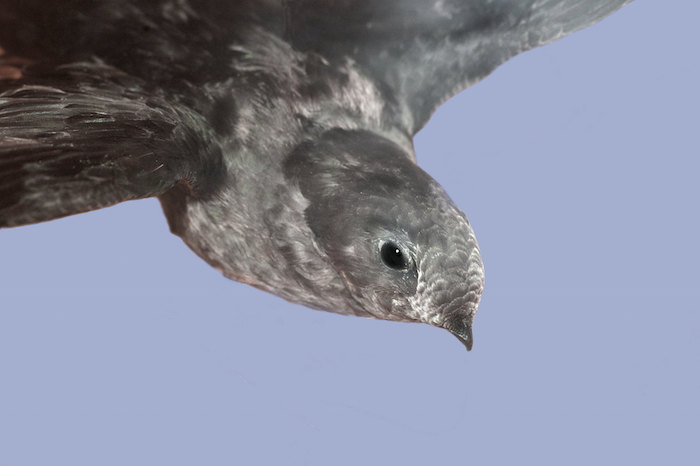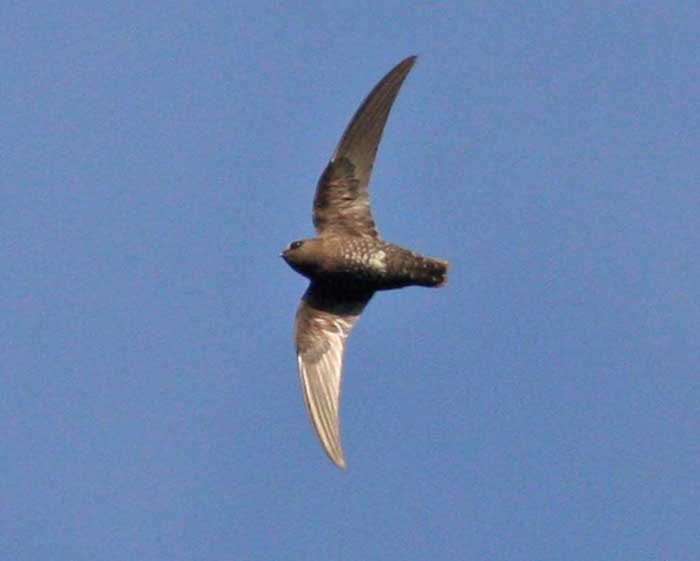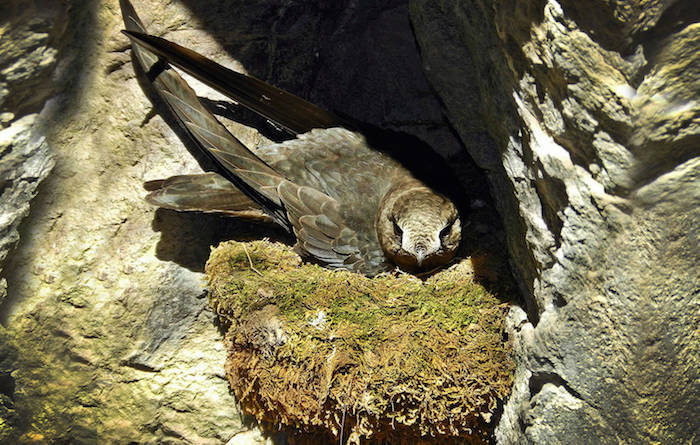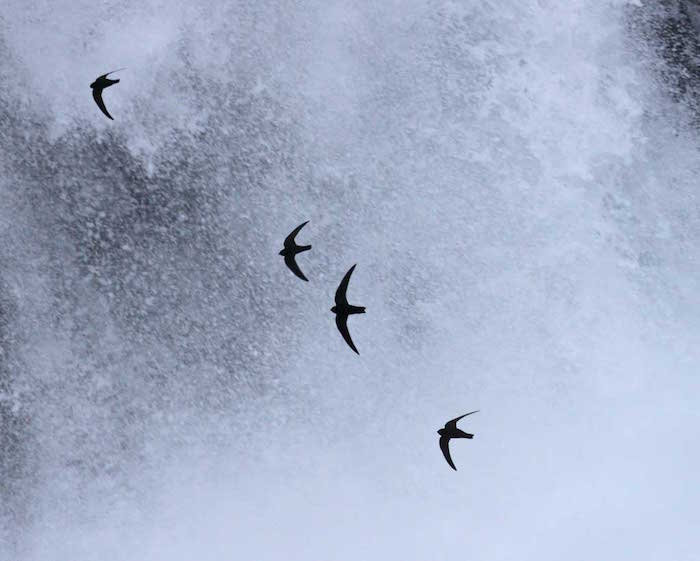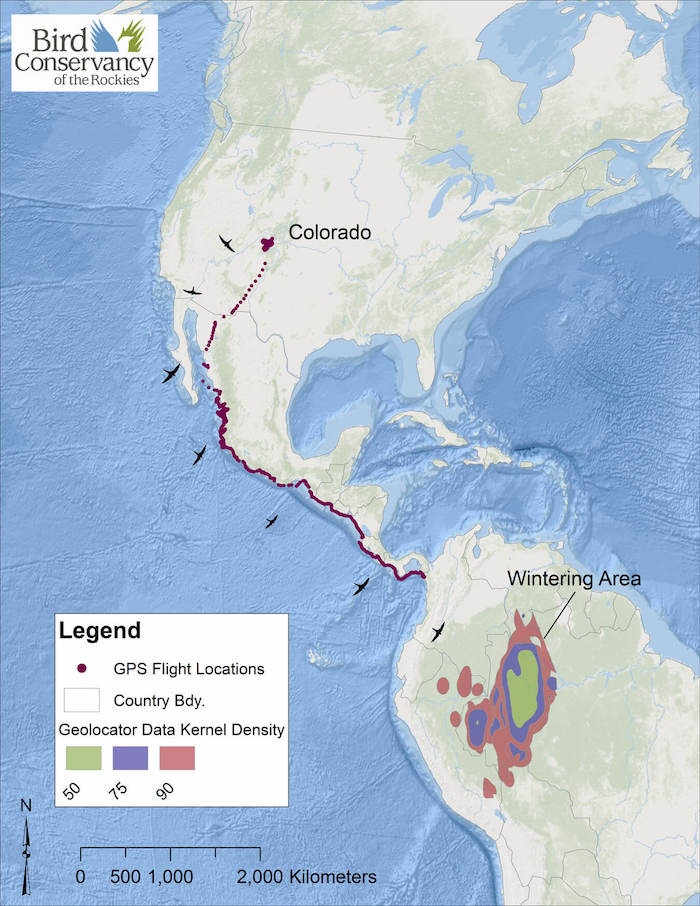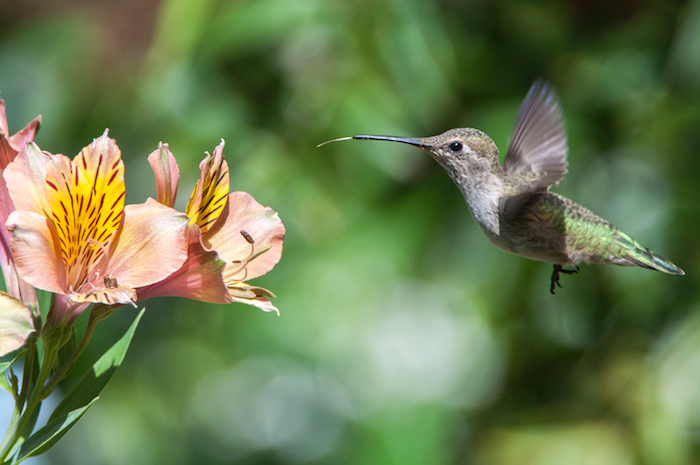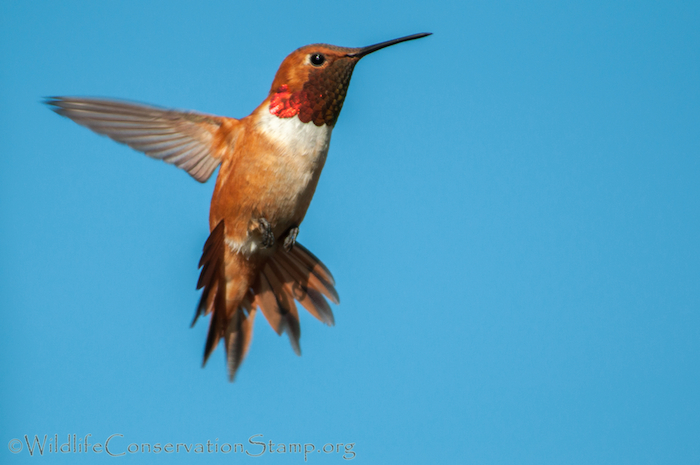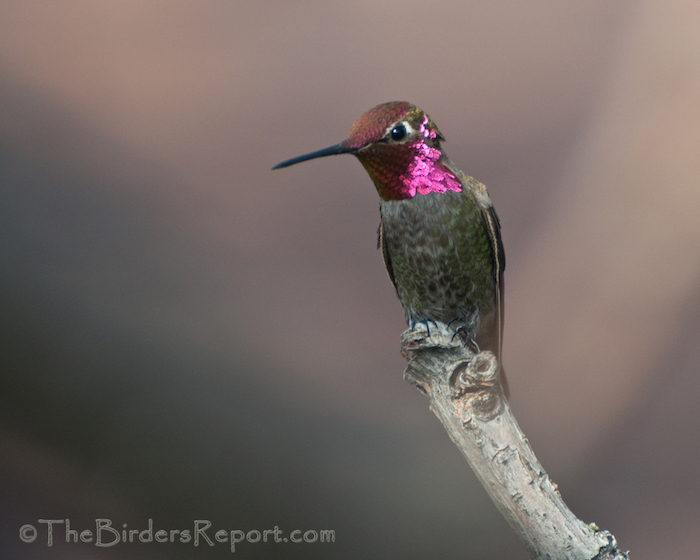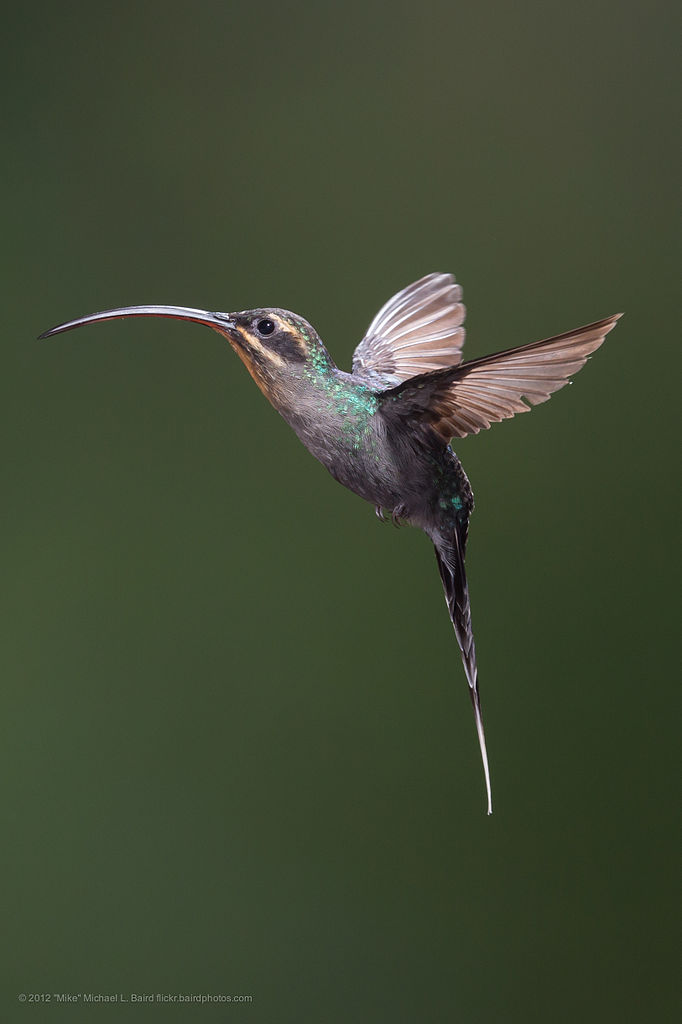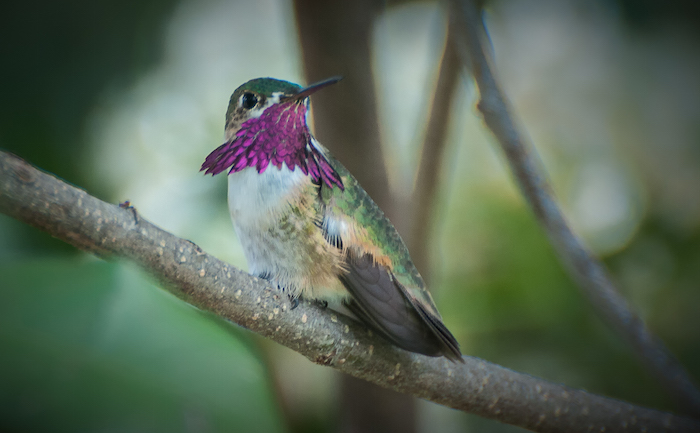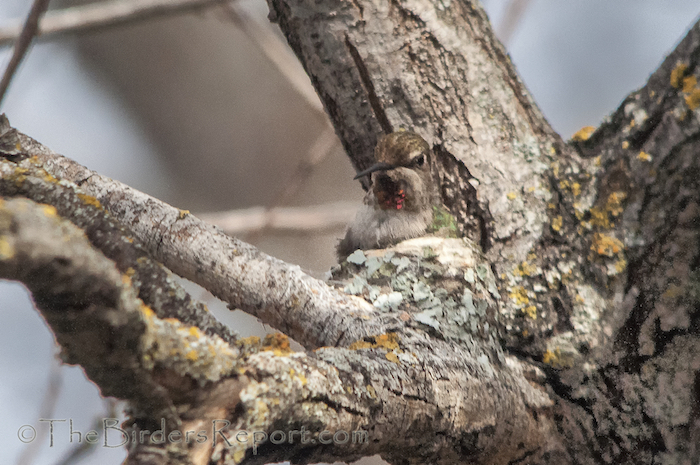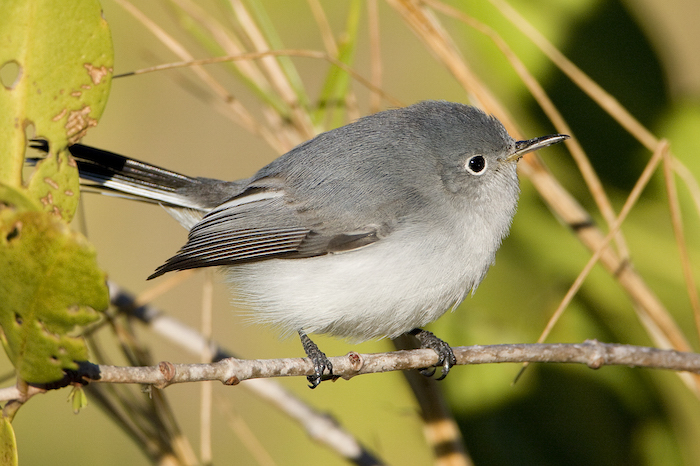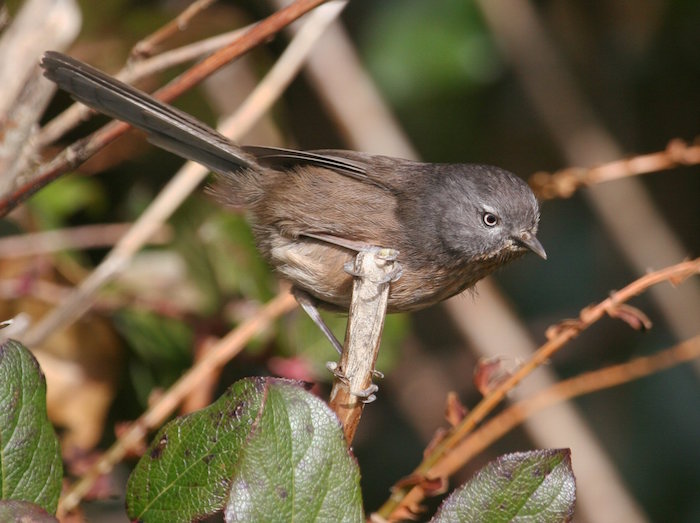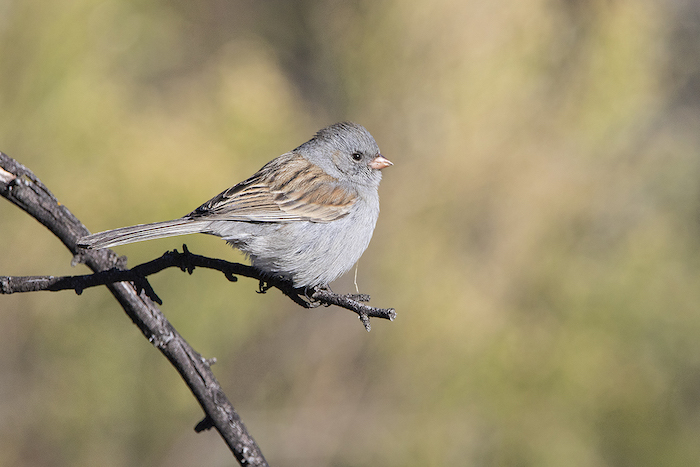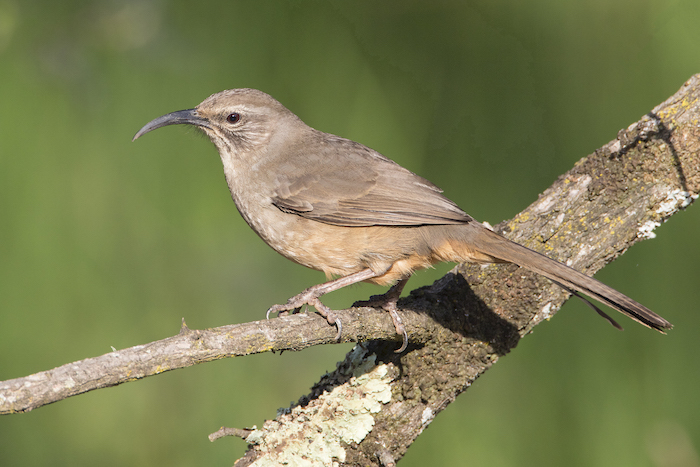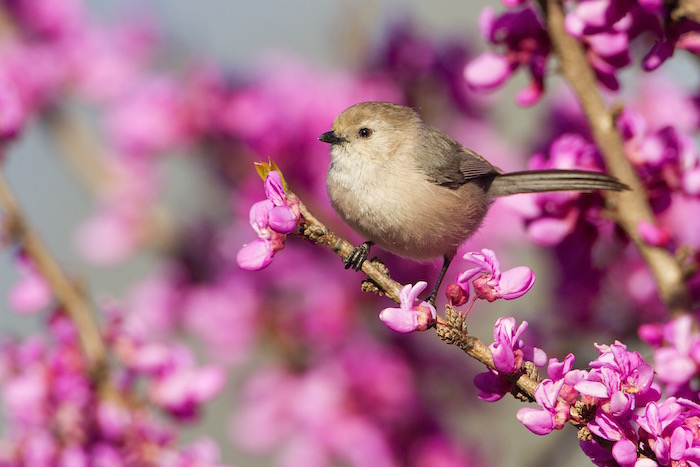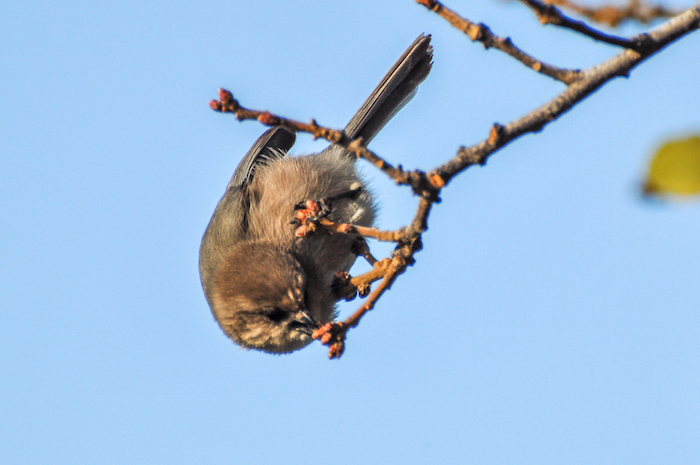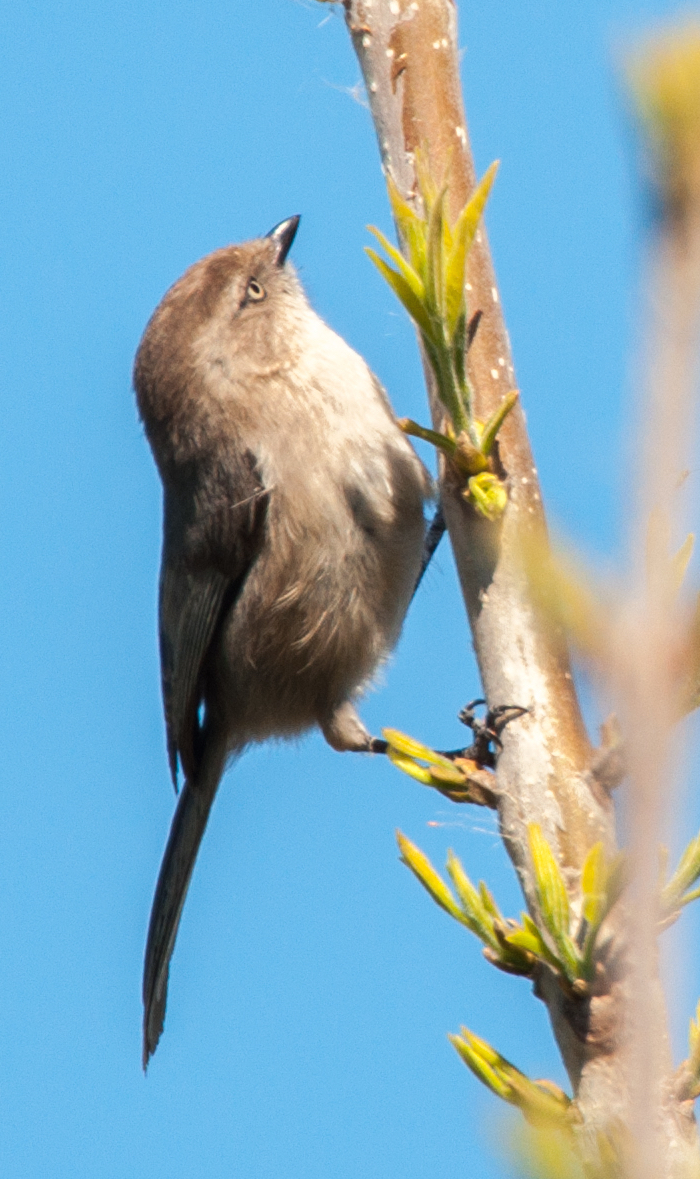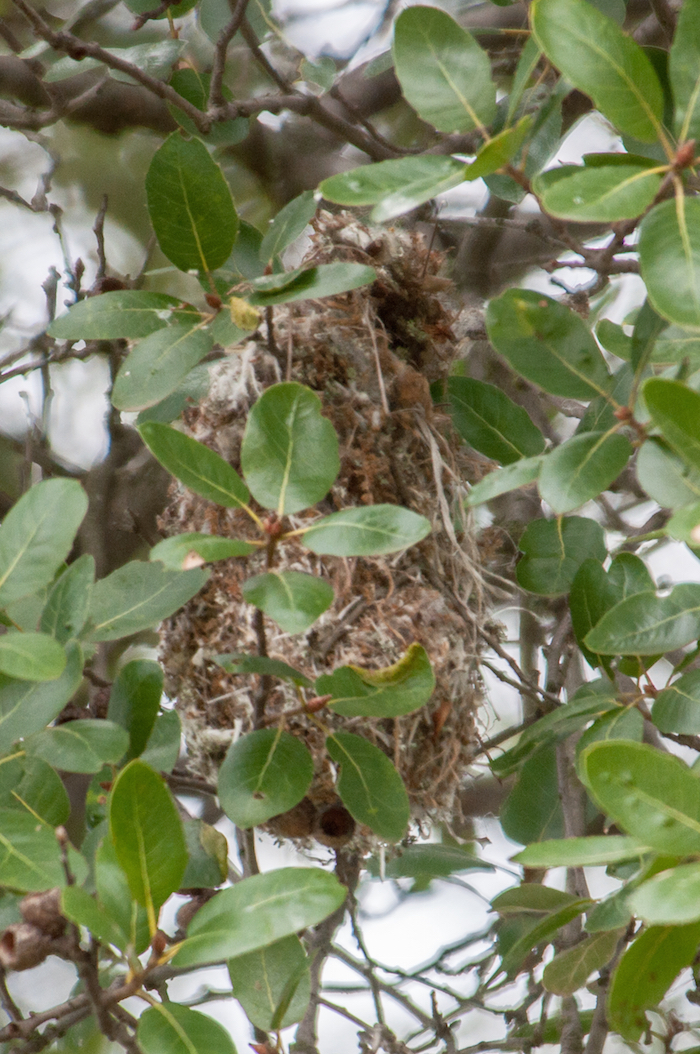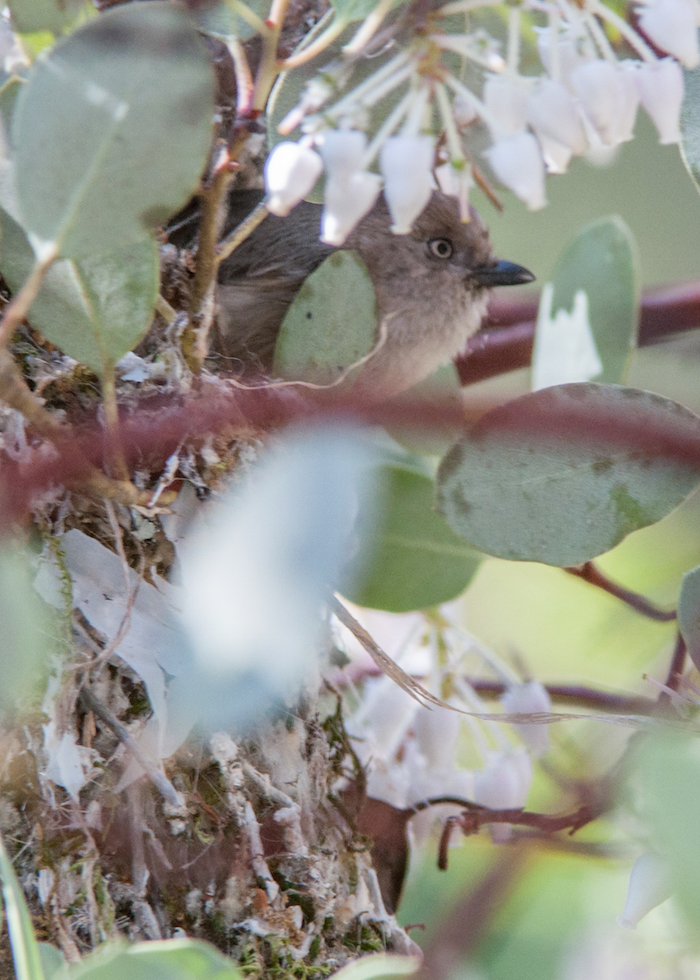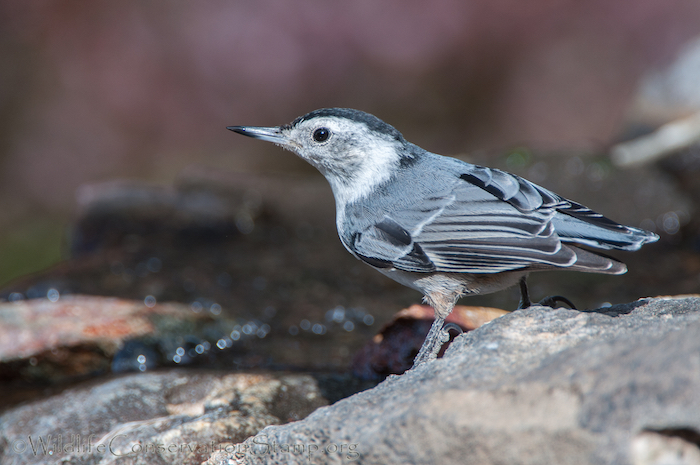
White-breasted Nuthatch
In the bird world of the North State, there’s little that’s more common than a nuthatch. You’ll find more avian tonnage in winter refuges and flooded fields, and you’ll find brighter plumages and louder songsters. But nuthatches are year-round decorations in our native trees.
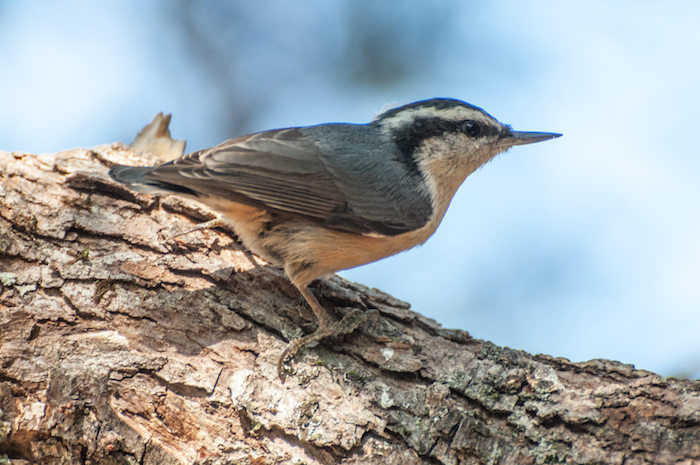
Red-breasted Nuthatch
You can scarcely go for a walk up in the fir belt without hearing the tiny red-breasted nuthatches. These little cuties may be tough to see as they pick small insects from high-up in the conifers, but their quick, nasal ankh-ankh-ankh-ankh-ankh calls can be relentless and ubiquitous as they keep in touch with one another.
Down in the oak woodlands, the larger, teacup-sized white-breasted nuthatches fill the woods with calls that are similar but a touch more mellow, slower and lower.
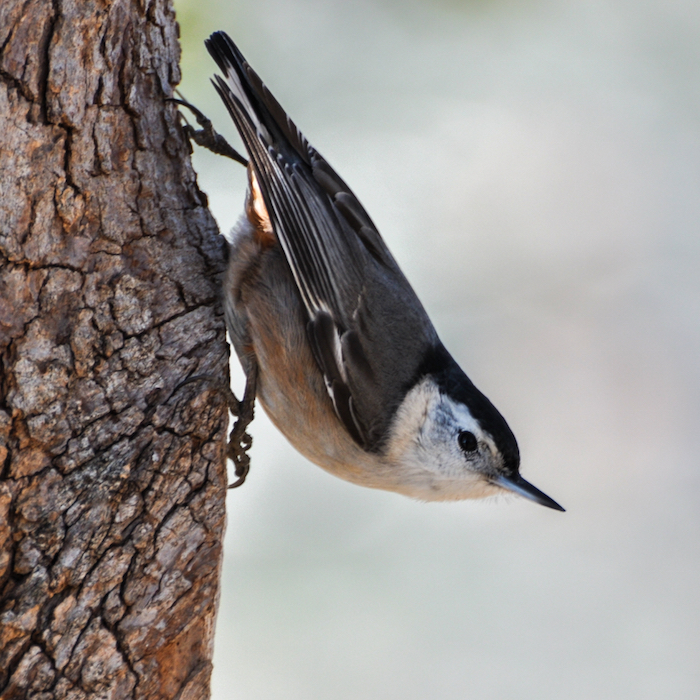
White-breasted Nuthatch
The white-breasteds are often easily viewable, as they usually forage not in twig-tip foliage but on the open expanse of exposed trunks and large limbs. Also helpful for viewing, the oaks are shorter than firs, and many will later lose their leaves. With their regular calling and white faces that stand out against dark trunks, white-breasted nuthatches are one of the most visible little birds in the trees. When flying away, they may flash more white at the corners of their tails. You may be able to see their blue-gray backs, and, in the males, their nape and crown darkened to a rich blue-black.

White-breasted Nuthatch
But it is nuthatch behavior that really stands out. Most birds are like us–our feet are down and our heads are up. But nuthatches give the world a different look. Their regular habit is to fly high and work their way down a trunk. They pick for insects in bark fissures, and the down-trunk approach gives them a view into crevices that woodpeckers and other gleaners miss. Perhaps that less common world view helps lead to their success. These nuthatches are widespread across North America.
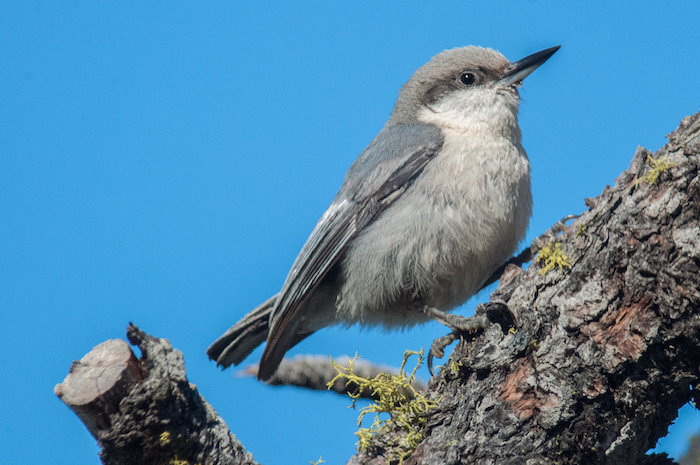
Pygmy Nuthatch
Their visibility can be enhanced in your own yard, especially if nearby you have some of the big old oaks they favor. Nuthatches will frequent feeders, especially those offering sunflower seeds. Unlike finches and sparrows, they dine take-out style. They will select a seed and fly away with it. If you can follow their flight, you may see them wedge the seed into some bark, either for later consumption or to hold it there as they bang at it with their bills to “hatch the nut” out! They will nest in cavities of old limbs or in nesting boxes that you can place in your yard.
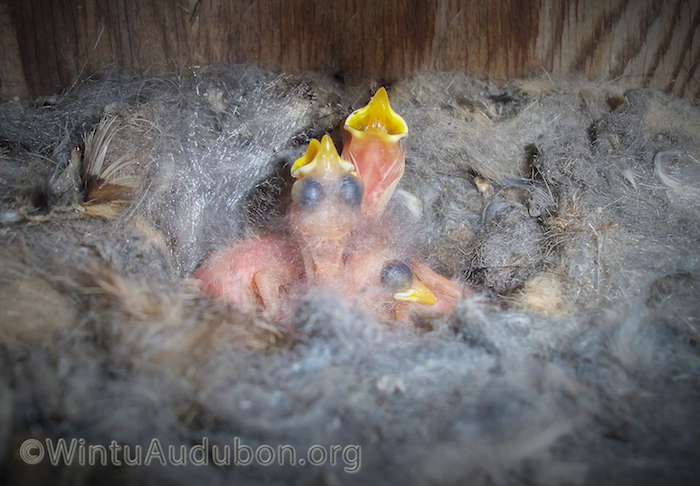
White-breasted Nuthatch Nestlings in Nest Box
Nuthatches lay a half dozen or more eggs each spring, and their populations have increased over the last fifty years. They are expected to remain regular winter residents of the North State, but are likely to move north for breeding as they deal with climate change.

